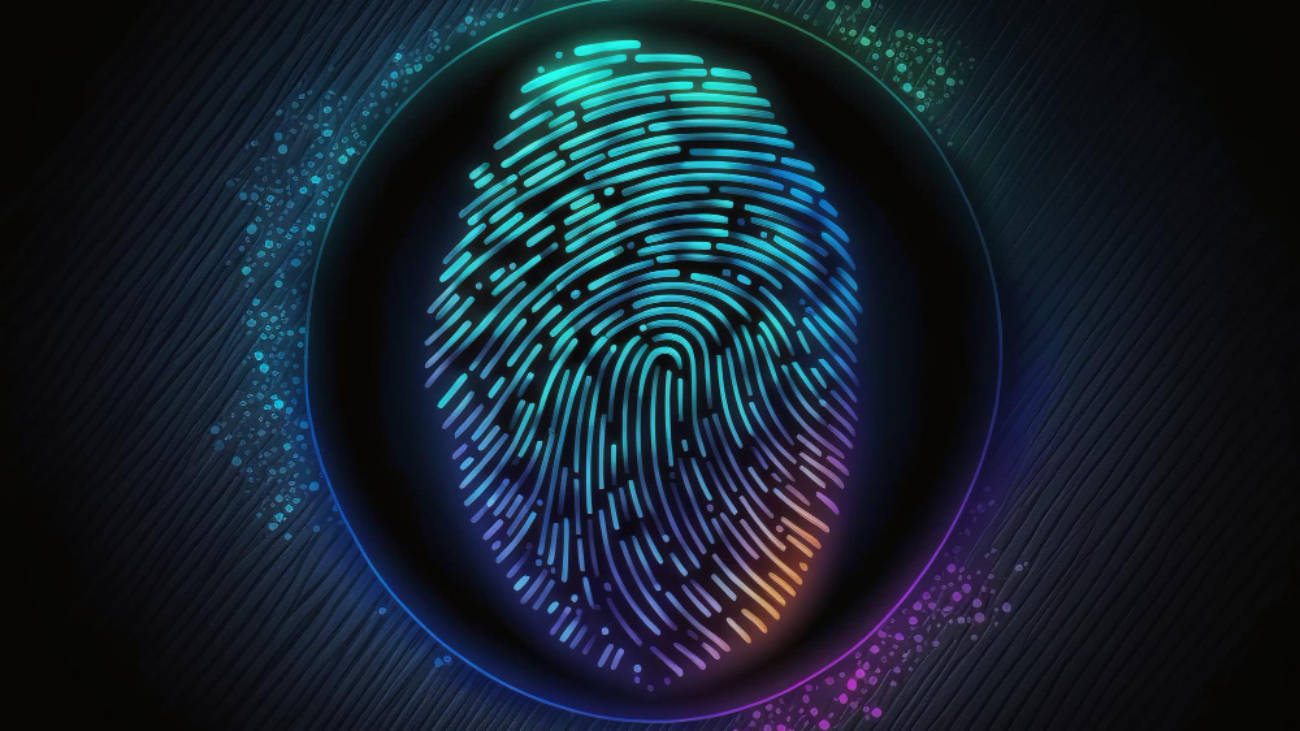Security and user control are typically lacking in traditional systems depending on centralized databases and outside verification feels Bahaa Abdul Hadi. Now enter Decentralized Identification (DID), a revolutionary model providing blockchain-based, user-centric identification management. Verifiable credentials—a strong instrument guaranteeing trust, security, and privacy in digital interactions—are at the center of DID systems.
What are Verifiable Credentials?
Digital representations of assertions expressed about an individual, company, or object that others can trust and validate are known as verifiable credentials, or VCs. Usually provided by a reputable authority—such as a government agency, university, or bank—these credentials include information including age, identification, education, or professional certifications.
The underlying cryptographic technology of these credentials guarantees that the information they contain may be independently confirmed without depending on a central authority, therefore making them verifiable. For distributed identification systems, this is absolutely vital since it eliminates the need for middlemen in the validation process, so streamlining, securely managing, and distributing personal data in line with privacy respect.
Decentralized Identity and Verifiable Credentials
Verifiable credentials are quite important in a distributed identification system in terms of security and confidence enhancement. These are their interactions inside the larger framework of DID:
Issuance and Custodiality – Trusted authorities, sometimes known as issuers, provide verifiable credentials to individuals, sometimes known as holders. A government might, for instance, provide a digital driver’s license as a verifiable credential. Once issued, the credential is under control by the bearer, who can decide when, how, and with whom to distribute it. This ownership helps people to control their own data and lessens dependence on centralized authority or outside third parties.
Storage and Privacy – Unlike conventional systems whereby personal data is kept in centralized databases, verified credentials are kept safely on the individual’s device or a distributed network. The individual’s privacy is maintained since the data is encrypted and given just when absolutely necessary. Multiple verified credentials—such as an ID, medical record, or academic degree—may be stored by the user and presented selectively without disclosing pointless personal data.
Trust and Verification – The capacity of verifiable credentials to be quickly checked is among their most important features. When a user shows a verifiable credential to a service provider—such as a bank or a rental agency—the provider may confirm the validity of the credential without involving the issuing authority. This is accomplished by means of blockchain cryptographic proofs, therefore rendering the credential tamper-proof and trustworthy. Real-time verification helps to lower delays in procedures like age verification for restricted services or Know Your Customer (KYC) checks.
Decentralism and Safety – Verifiable credentials are unique from conventional identity management systems mostly in their distributed character. Verifiable credentials use blockchain technology to provide a distributed ledger of trusted data rather than depending on a central database or outside middlemen. Every credential is linked to a distinct digital signature, therefore preventing manipulation or fabrication of any credential. Moreover, the distributed character lowers the possibility of data leaks since there are no central store targets.
Conclusion
A pillar of distributed identity systems, verifiable credentials provide a safe, quick, and private means of identity management. They enable people to manage and distribute their personal data on their own terms, therefore empowering them; they also give companies and organizations a consistent means of confirming and trusting consumer data.
Verifiable credentials will be increasingly important as distributed identity systems acquire popularity in changing how we manage, share, and validate identities across sectors, therefore opening the path for a more secure and user-centric digital future. Thank you for your interest in Bahaa Abdul Hadi blogs. For more information, please visit www.bahaaabdulhadi.com.







